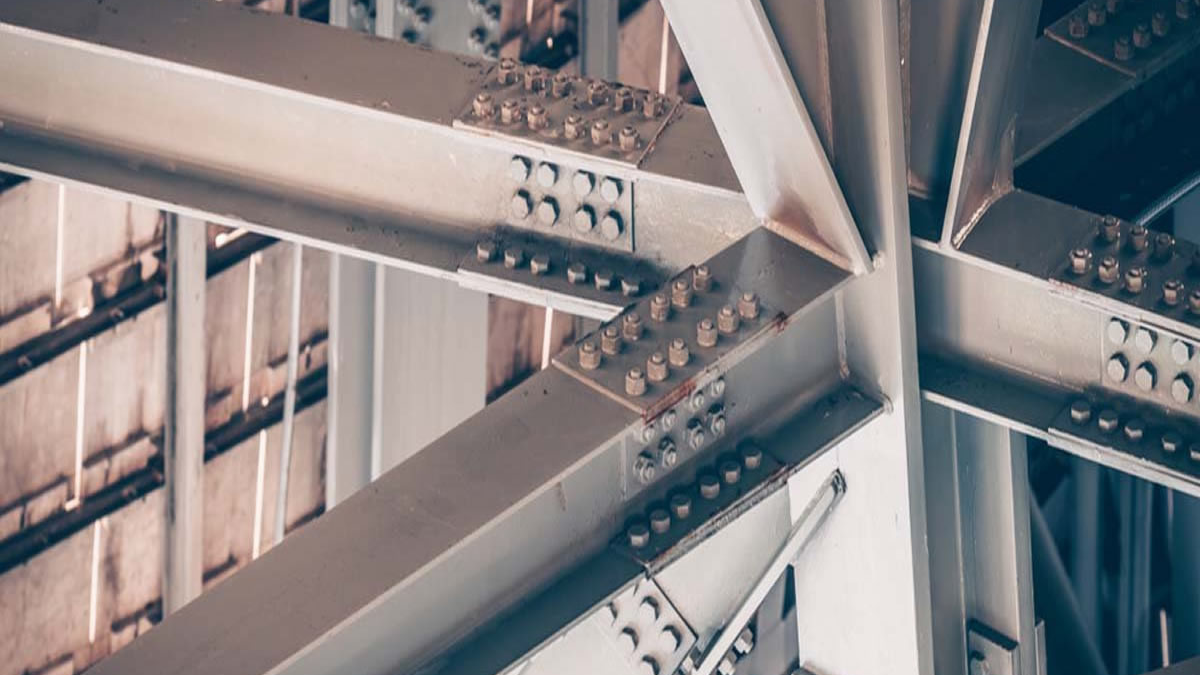
Understanding the P-Delta Effect: A Simple Guide
The P-Delta Effect is a concept used in structural engineering to describe how tall structures, like skyscrapers, can become less stable when they experience both vertical and horizontal forces at the same time. The term “P” stands for the vertical load or axial load (the weight of the structure and everything it supports), and “Delta” (Δ) represents the horizontal displacement (the movement or sway of the structure).Read More →


